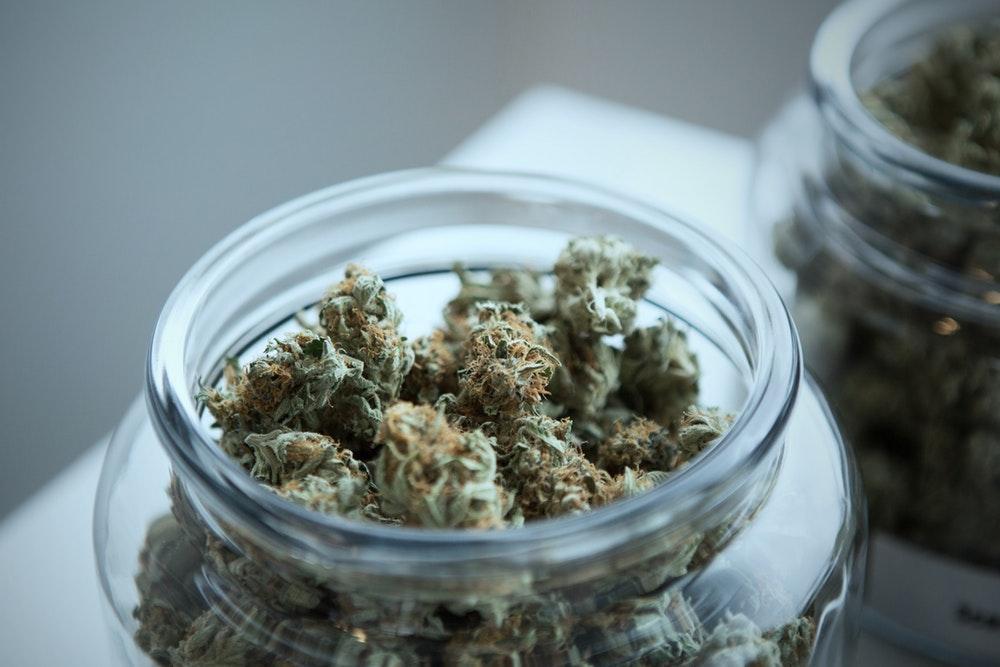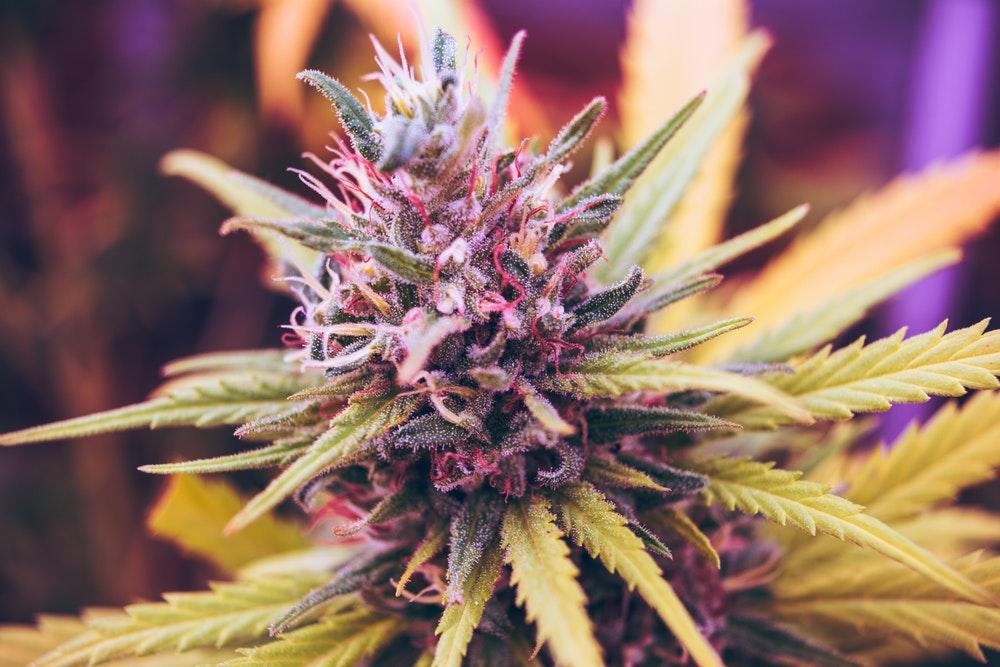Thinking of whipping out that green thumb and producing your very own small weed plant? Here’s everything you need to know to produce a healthy and robust micro grow plant.
Just about everyone who’s interested enough in weed is aware that how the plants are grown can affect the potency of the harvestable product. What you may not know is that you don’t need a massive farm and expensive set up to grow decent weed. As home cultivation is becoming more popular, people are becoming steadily more interested in how to grow a small marijuana plant. As growing your own full size crop takes more than just space- but near constant dedication and a plethora of resources and techniques to get your crop tasting just right.
Enter micro-growing. Micro growing is essentially growing your own weed without the hassle and expense of having a giant crop. Micro-growing is hugely beneficial for home growers and novice plant aficionados. Most plants that are capable of growing in a micro climate, and still producing quality buds, require less water, less space, less light, and are all together just easier to grow. But there are a few things you’ll need to know to get your cannabis from seed to weed.

Earth, Air, Fire, Water
No, this isn’t a line from The Craft, these are legitimately all of the things you’ll have to take into consideration when growing your own bud. Tiny crop or full sized, you’ll have to consider each and every one of these elements and tailor them to your plant. Don’t worry- it’s not witchcraft, just good gardening guidelines.
Earth
Starting out your crop, you’re going to need to pay special attention to both growing space and soil quality. If you’re looking at creating a good quality plant with a decent output of buds, you’ll have to consider the root space that any given plant will need. Cannabis plant come in roughly two main varieties: Indica and Sativa. Sativa plants are notorious for growing tall, leggy output, while Indica’s tend to produce a smaller, bushier plant. Indica’s work really well for small space growing. They’re also a bit heartier, so they’re a great first choice of crop to get your green thumb confidence up.
As above, so below: Plants have a tendency to produce roots in roughly the same proportion that they produce plant- so if you have a large, bushy, green thing poking out of your soil- it’s going to need a bunch of root space. Rule of thumb for plant size to pot volume is:
- Average plant height: 12 liter pot
- 60cm plant height: 5 liter pot
- 24cm plant height: 2-3 liter pot
- 13cm plant height: .5 liter pot
While this isn’t a hard and fast rule, putting your large plant into a small pot can cause the roots to overgrow their space and become “root bound”, or create too many roots and not leave enough space for soil, nutrients, and water. In a micro-grow setting, the plant will need a higher amount of both fertilizer and food. Knowing what kind of fertilizer, and how much you apply, depends greatly on the specific strain of plant you’re using.
Start your plant off right by planting it in good quality soil with a mix of perlite, vermiculite, compost, and coconut shavings. The perlite and vermiculite will help to keep your soil “friable” or crumbly, and stop it from becoming a brick if it dries out. They both help to absorb water which is great, as cannabis plants need a ton of it. Compost gets the the soil filled with nutrients early. If you don’t have your own compost, commercial options are available. You can also use cow, sheep, or even bat poop for fertilizer. Worm castings, fish meal, wood ash, and even human urine are all ways that more experienced gardeners use to fertilize their plants. These are great if you want to get into the more technical side of growing, but if you don’t want to have to concern yourself with specific nutrients and pH balance of your soil, commercial liquid fertilizers are the way to go. Coconut shavings give the soil good drainage and add to friability. Keeping your roots from becoming waterlogged.
Air
All marijuana plants need a free flowing breeze. This not only helps to create healthy and strong stems (with which to hold all of those luscious, massive buds you will be growing) but also helps to circulate in CO2 rich air. Your plant will need a ton of CO2 (the stuff we breathe out and plants breathe in) to grow healthy, even for a small marijuana plant. Plants use CO2 to go through photosynthesis and create new cells, so they will quickly process CO2 out of stale air. This is why it’s paramount that any crop big or small, has new, CO2 laden air being pumped into their growing space. A fan set up will not only give your plant plenty of CO2 to breathe, but it also helps to remove heated air from lighting sources, which is super important if you don’t want your plant to dry out too quickly. Most mini weed plant growers use a simple two fan system. This system is cheap and easy to come by as the best way to achieve it is by using a computer fan set up. Two fans can be placed in the entrance to your grow hut: one up as high as your grow space will allow, the other down a bit lower near soil height. The lower fan will blow cool, CO2 rich air into the setup, putting (good) stress on the stems, and cooling down your grow space. The second, higher, fan will suck out the CO2 poor air as well as the heat (heat rises). Many growers choose to attach some kind of air filter onto the intake side of the lower fan, which will help prevent pests and spores that could potentially harm your plants health. If you’re worried about the stank from your little bundle of joy, attach a filter onto the intake side of the higher fan as well.
Fire
Lighting and heat go hand in hand when it comes to growing a mini marijuana crop. Because of the small space, combined with your plants near constant need of light, heat can build up super quickly if you’re not careful about what type of light you use. While lighting setups range from the super cheap to the hellaciously expensive, there are a few types of bulbs that are absolutely necessary to have. Depending on how much cash you want to put into your setup, you may need to get a few different types of bulbs to shine on your plant at different stages of growing. Any bulb you use needs to produce at least 400W of light energy.
- Fluorescent tubes/CFL
- Fluorescent tubes and CFL (Compact Fluorescent Lighting) are fantastic and relatively cheap options when using a micro-grow setup. They don’t produce much heat, and they offer an excellent light output. But these lamps aren’t generally broad spectrum, so you’ll need to have a variety to suit your plants growth cycle. Vegetative plants require more blue light, while flowering plants need the red.
- HPS/HPI
- High Pressure Sodium (HPS) and High Wattage Metal Halide (HPI) are great for bigger growing ops, because they’re lightweight, inexpensive, and let off a load of light. However, they also let off a ton of heat, so they’re not ideal for micro-growing operations as they tend to dangerously dry out plants.
- LED
- Light Emitting Diode (LED) lamps are superb for micro growing conditions because they are compact, let of virtually no heat, and they offer plants a wide light spectrum- suitable for your plant throughout it’s growth cycle. The main setback for micro growers when considering LED lamps is their price tag. LED grow lamp set ups are incredibly expensive, but some argue very worth the price.
Water
Ideally, you’ll want to water your mini weed plants from the bottom, allowing the soil and root system to take up as much, or as little, water as it needs. This also prevents nasty chemicals or fungus/bacterial spores that your plants don’t want from cascading down into your soil. Top down watering essentially forces your plant to uptake anything that’s in your water- chlorine, rust, fluoride, and other less than plant friendly nutrients- whether it wants them or not. Because you’re using a micro-grow set up, your plant is going to need a rash of water. Keeping your little baby hydrated without drowning it can be a delicate balance, but bottom up watering systems can help to keep your plant properly watered. Hydroponic systems are a great choice for growers who have a bit more space, time, money, and expertise, but can be a bit intimidating for new growers or those with severely limited space.

All Method, No Madness
Keeping your plant healthy and happy is a sure fire way to produce high quality buds. In a micro-grow setting, it’s unlikely that you will be expecting a massive yield, but that doesn’t mean that what you grow can’t be a satisfying harvest for one. Following these guidelines is sure to help produce high quality nugs in a small amount of space. There are quite a few techniques to consider if you’re wanting to get your plant bigger, bushier, and buddier… but boost that confidence and happily reap your rewards on a small weed plant scale before moving on to bigger and better things.

